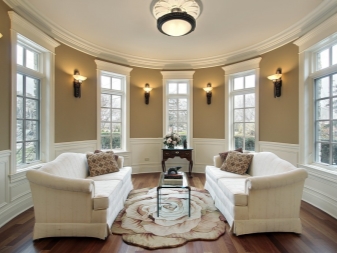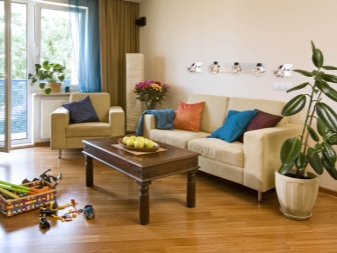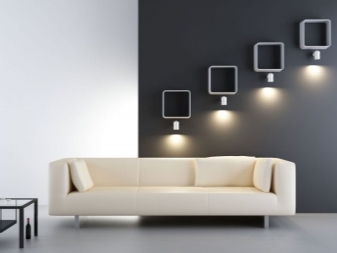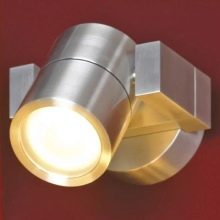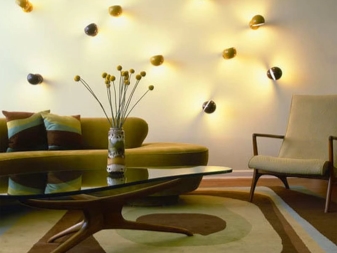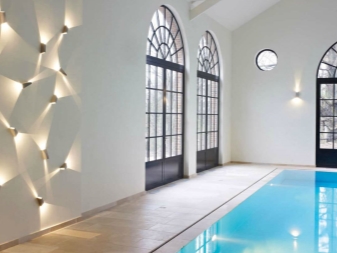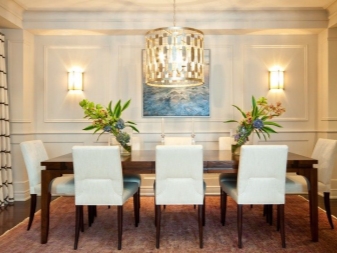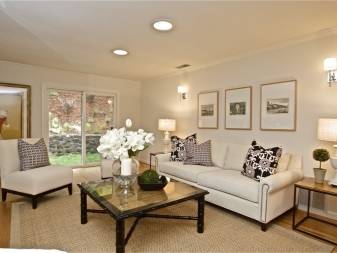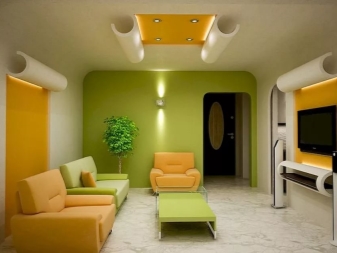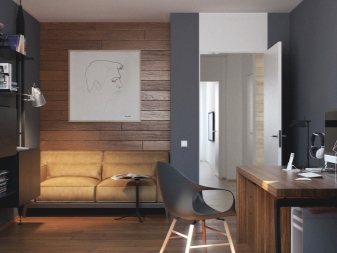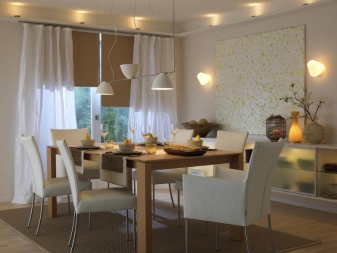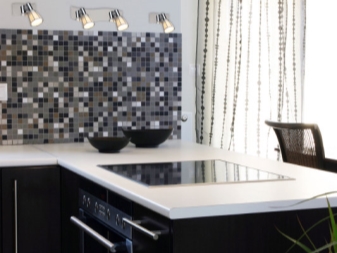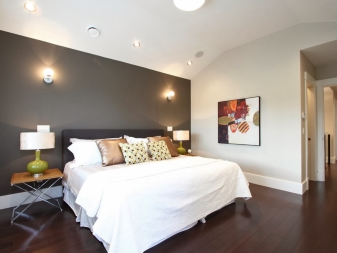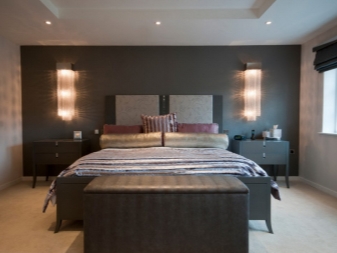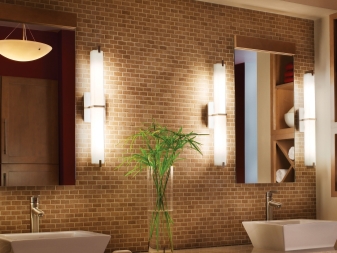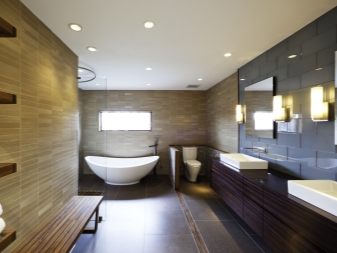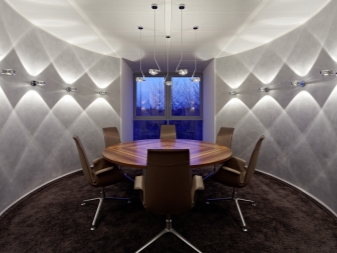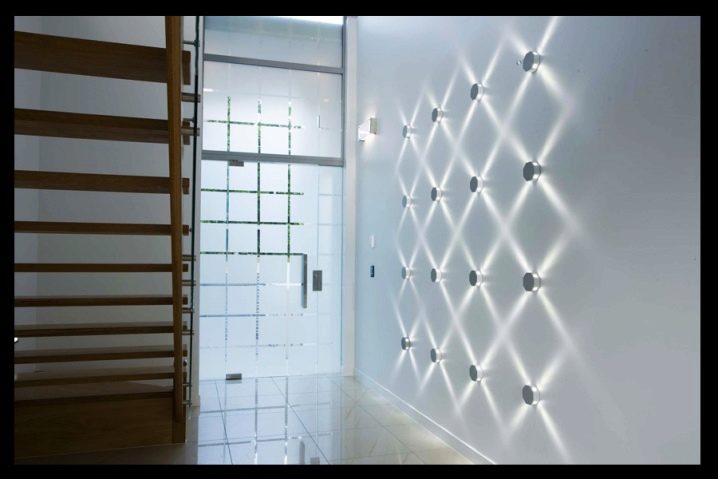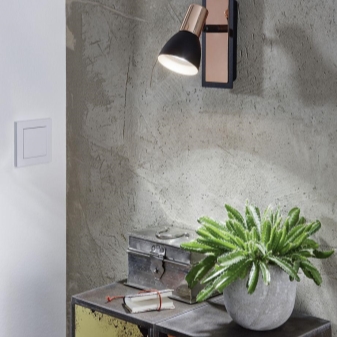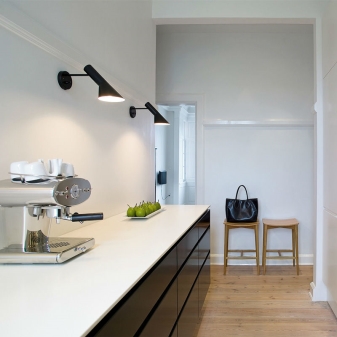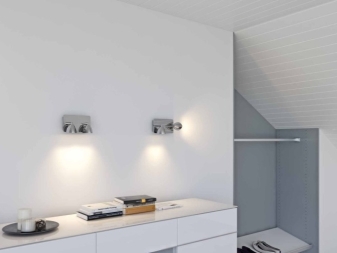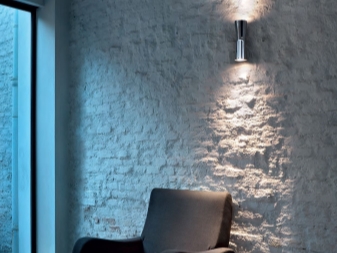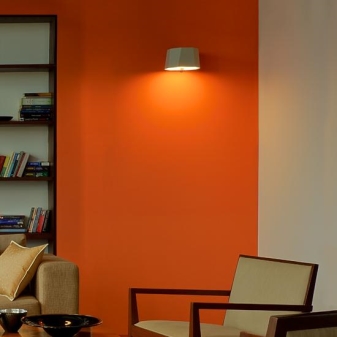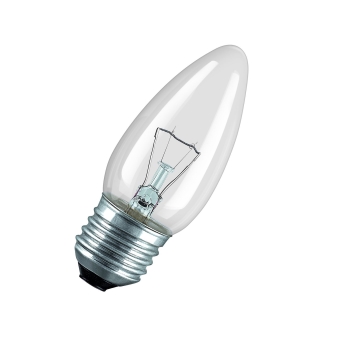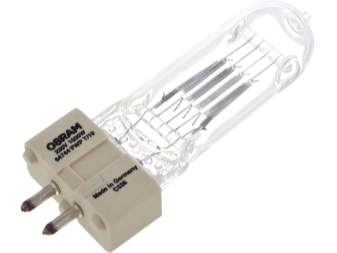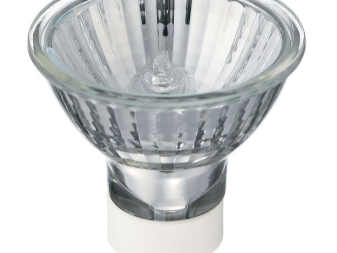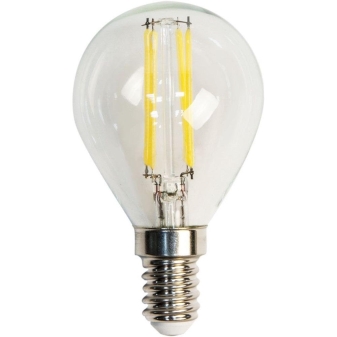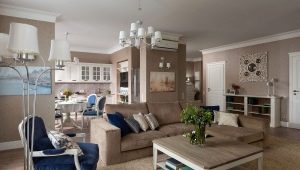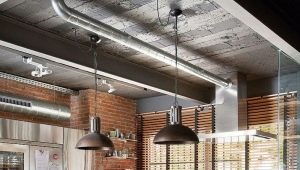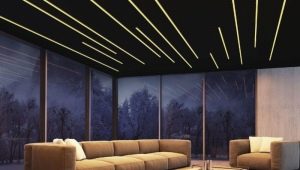Wall spots
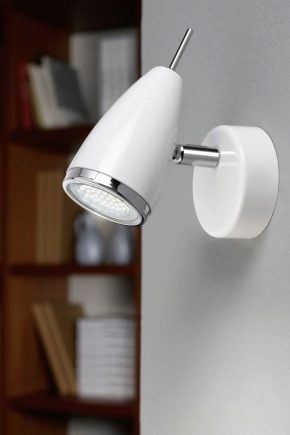
High-quality room lighting allows you to give it a special charm, as well as emphasize certain areas. To do this, use a variety of different lighting devices. Today, wall spots are becoming especially popular. They have a unique design and excellent technical characteristics.
Basic concepts
The word "spot" has English roots and is translated as "spot." Technically, it is a lamp that creates a directional beam of light. This allows you to highlight only a small area of the interior. A feature of this design is the presence of a rotary mechanism that can rotate in several planes. Thus, it is possible, if necessary, to change the direction of the light beam.
Practically all models are equipped with special drimers that allow you to adjust the brightness of the light.These devices are universal. They can be both household (used in residential premises) and street. Almost all models consist of several basic elements:
- Bracket. This mechanism provides the ability to rotate the lamp, and it is also the frame with which the system is attached to the wall. The shape of the bracket is not standardized and can be different - from round to complex arcuate.
- The frame in which the lamp is screwed. Almost all of them are made of metal and can have a different shape.
Advantages and disadvantages
Spots are unique fixtures that are used by many designers when planning modern interiors. Wall structures of this type have several advantages:
- With the help of the lamp you can easily illuminate a specific area of the room.
- Mounting spots is relatively simple and requires minimal knowledge and skills.
- Correctly located lamps can visually enlarge the space.
- Designs are available in different designs, which allows you to pick them up almost under any style of interior.
- The main material for the manufacture of spots is a metal that will last a very long time.
- Modern lamps are equipped with economical lamps. This will reduce energy costs without losing the quality characteristics of the luminous flux.
But these products are not a universal solution and have several disadvantages:
- Lamps have a high cost compared to simpler modifications.
- With the help of a directional stream of light it is quite difficult to achieve an optimal level of illumination Therefore, they are used as accessories along with spotlights and chandeliers.
Place in the interior
Design features of the spot are great for creating unique styles inside the house. Today, this type of fixtures are used in the arrangement of various housing areas:
- Living room. Here, using spots emphasize certain areas of the room. This allows you to focus on the attention of guests at home.
- Study. The main purpose of the wall spots here is the zoning of the room.
- Kitchen. There are no restrictions on the use of spots at all.With their help, you can organize high-quality lighting of certain areas. This is important if you spend a lot of time in the kitchen, constantly changing its location in the room.
- Bedroom. A great opportunity to create a pleasant mood. Spot can be used as the main lights, and as a backlight for reading during the holidays.
- Bathroom. Only waterproof lamps that can withstand high humidity should be used in this room. With their help, you can also change the work area depending on your actions and preferences.
But the universal purpose of the spot is their use at trade shows. With the help of wall lamps, you can organize high-quality lighting of the products on display at the stands. In addition, each individual element can be supplemented by a switch, which provides additional features. As for the design, the spots are available in various color shades.
In the market you can find both classic metallic color models and products imitating bronze.
Kinds
Depending on the technical characteristics, spots can be divided into several types:
- Embedded. Products of this type are placed inside the hollow frame. Wall models of this type are quite rare, but still they can be found in everyday life.
- Overhead. Universal construction consisting of a rigid metal frame that is fixed to the wall. Such models are the most common and practical. Installation is carried out with the help of brackets, which allows you to change the angle of the frame.
- Combined. This type of spot consists of several spotlights, which are combined in one package. Such a system is attached to a special frame. Installation is carried out using a variety of mounting systems.
Depending on the number of bulbs spot can be divided into single and multi-bulb. The latter type of construction is relatively rare. Single-lamp models are more ergonomic and allow you to better adjust their position.
Types of lamps
In modern spots several types of lighting devices are used, which have unique features:
- Incandescent lamps. Spots with such devices are low cost.The modern market presents many modifications that are characterized by unpretentiousness. Incandescent bulbs perfectly tolerate high humidity and high temperature. Among the design flaws can be identified the presence of a reflector, which is designed to remove heat and reflect light. It complicates the whole construction a little. In this case, the frame of the lamp quickly heats up, which does not allow to install it near flammable materials.
Another disadvantage of such lighting is the limited range of the light spectrum. Light has a yellowish tint everywhere.
- Halogen lamps. The illumination obtained using such systems is distinguished by high brightness. At the same time, the spectrum of light is almost analogous to solar flux. The service life of a halogen lamp can reach 12 thousand hours. But the design very quickly fails when it works with sudden changes in temperature. A lamp of this type consumes much less electricity than the previous form.
During operation, the tungsten filament is very hot, so these lamps should not be picked up by hands.
- LEDs. The most modern devices that are economical and durable. The mechanism practically does not depend on the on-off cycles, as its previous analogues. In this case, the brightness of the lamps is slightly lower than that of halogen-free glasses. But today there are modifications in which these characteristics are significantly improved.
Mounting algorithm
The process of mounting wall spots can be described in several successive steps:
- First of all, they lay the cable to the place of the future spot anchorage. Characteristics of the wiring are selected in accordance with the technical parameters of the device. It is desirable for this to use a separate branch, which will be connected directly to the junction box.
- At this stage, connect the wiring to the lamps. It often uses a parallel circuit.
- The process is completed by fixing the lamps to the wall. For this purpose, the brackets are fixed to the base with the help of special fasteners. After the end is checked the performance of the entire system.
Wall spots - a great opportunity to diversify the design of the room, making it susceptible and beautiful.And how to mount and connect them, see the following video.
